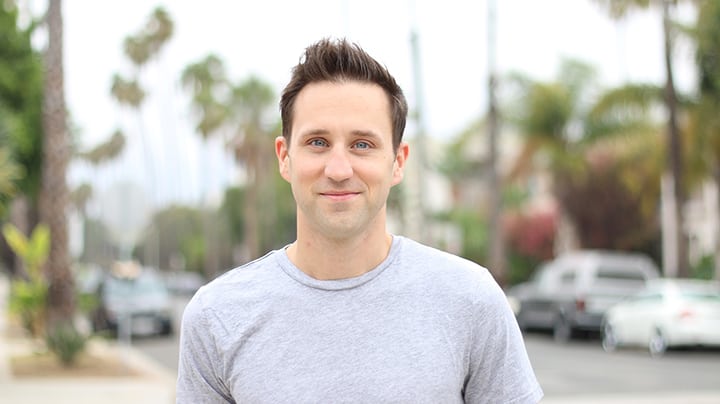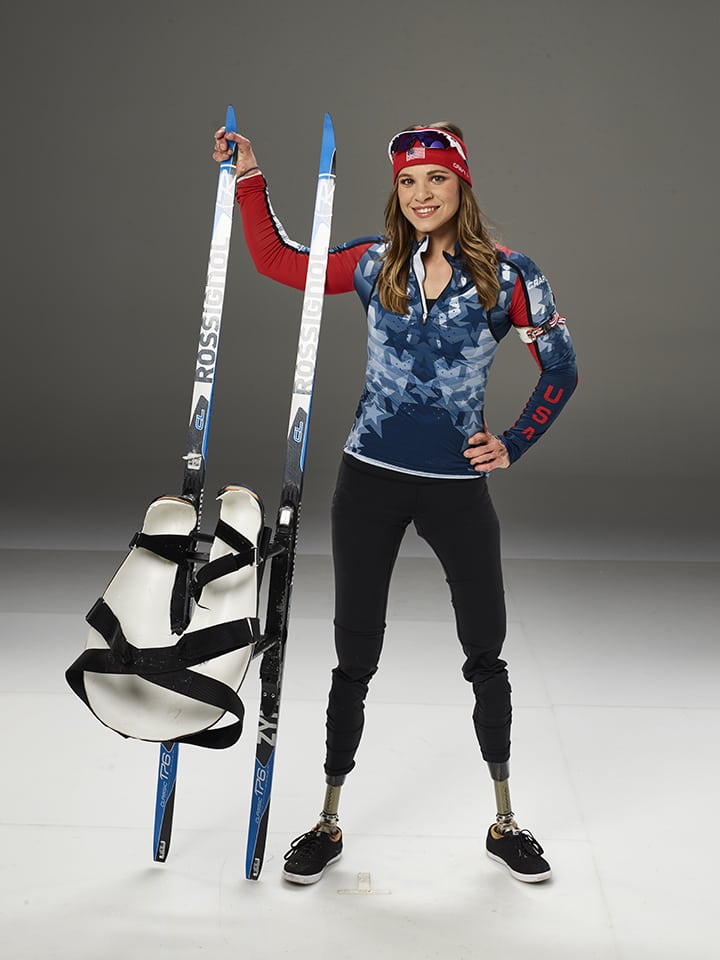By Elizabeth Bokfi
Stock up on your nachos, hot chocolate, or whatever—the great hunkering-down-with-a cozy-blanket-in-front-of-the-TV-or-computer days will begin March 8. The Paralympic Winter Games in Pyeongchang, South Korea, will showcase some of the world’s most accomplished athletes competing across six disciplines: alpine skiing, cross-country skiing, biathlon, ice hockey, wheelchair curling, and snowboard.
With your armchair trip to Alpensia Resort less than three months away, Pyeongchang County is already a hub of activity as it prepares for the influx of nearly 670 Paralympic athletes.
Since the first Paralympic Winter Games in 1976, held in Örnsköldsvik, Sweden, more than a few North American hopefuls have experienced the thrill of being named to a Paralympic team. Whether they’re up-and-coming or have a few years under their belts, one thing’s for sure—the excitement never gets old.


“It’s always fun to watch today’s athletes compete and to be reminded that I’m a part of the same Paralympic movement that they are,” says Josh Sundquist, Paralympic athlete and best-selling author of Just Don’t Fall. Sundquist lost his leg to Ewing’s sarcoma at age 9 and went on to train for six seasons, over the course of five years. His hard work paid off when he was named to the United States Paralympic Ski Team and headed to Turin, Italy, in 2006 for the IX Paralympic Winter Games.
“For me,” Sundquist continues, “the Paralympics had always been about the uniform. Wearing it had always symbolized what I was working to achieve. Before I lost my leg to cancer, I’d wanted to play on a local travel soccer team largely so I could wear the cool uniform my friend who played on that team got to wear. When I lost my leg, I didn’t expect I’d ever wear a uniform like that. The Paralympics gave me the chance to do so. In fact, the USA uniform I received at the Olympic Training Center was, I would say, even better than the uniform I would’ve worn had I played for that local travel soccer team as a child.”
For Sundquist, the lasting legacy is shared experience. “Experiences tend to be meaningful to the degree they are shared,” says Sundquist. “Competing in the Paralympics is meaningful, therefore, not simply because you’ve achieved this thing as an individual, but because you’re there with your teammates, with the athletes from other nations, and because of the friends and family who are cheering you on, whether in the stands or watching from home.”
For many Paralympians, competing in the Games is more than just making it to the podium and wearing medals. There’s usually an amazing backstory involved, combined with grit, determination, and in some cases, an overcoming of all odds.
Paralympic medalist Oksana Masters is familiar with overcoming odds. The early part of her life was spent in and out of Ukrainian orphanages before being adopted by a speech therapist in the United States, who came across then 5-year-old Oksana’s photo while perusing a Ukrainian adoption album. It took two years for the adoption to be completed.
Masters was born with multiple birth defects—aberrations believed to be the result of in-utero radiation poisoning, an aftereffect of Chernobyl’s 1986 nuclear disaster. Born with tibial hemimelia, a condition characterized by absent tibiae, she had also been born with five webbed fingers, no thumbs, one kidney, and a host of other anomalies. She eventually had both legs amputated, was fitted with prostheses, and underwent modification surgery to the innermost fingers of both hands so she could use them as thumbs.
Masters’ mother introduced her to adaptive rowing when Masters was 13 years old, and she began training for the Paralympics at 17. Five years later, together with her rowing partner, Rob Jones, she garnered her first bronze medal representing the United States at the 2012 Paralympic Games in London. Then, after 14 months of cross-discipline training, Masters went on to earn silver and bronze medals in Nordic cross-country at the Sochi 2014 Paralympic Winter Games.
Does she still get jitters before a race? “Oh my gosh, yes! … Every race start, my heart drops into my stomach, and of course, I feel as if it’s my first race ever. I love that feeling.”
Reflecting on her pose for ESPN The Magazine’s 2012 Body Issue’s “Bodies We Want” edition, Masters’ convictions are firm. “I want all [girls who are amputees] to be able to look in the mirror and see themselves as beautiful, strong, and irreplaceable,” says Masters. “Beauty isn’t determined by what you look like, it is who you are inside; it is not your shape, size, color, or what you have or don’t.”
When it comes to life’s achievements, Masters believes the only limitations we have in life are the ones we put in our own minds. You’ll want to watch this belief in action when the Winter Paralympic Games kick off; and when it’s all over, says Masters, “I can’t wait to sink my teeth into the biggest chicken burrito, smothered with melted cheese and sour cream.”
For more information about the Winter Paralympics and the participating athletes, visit www.paralympic.org/pyeongchang-2018.



